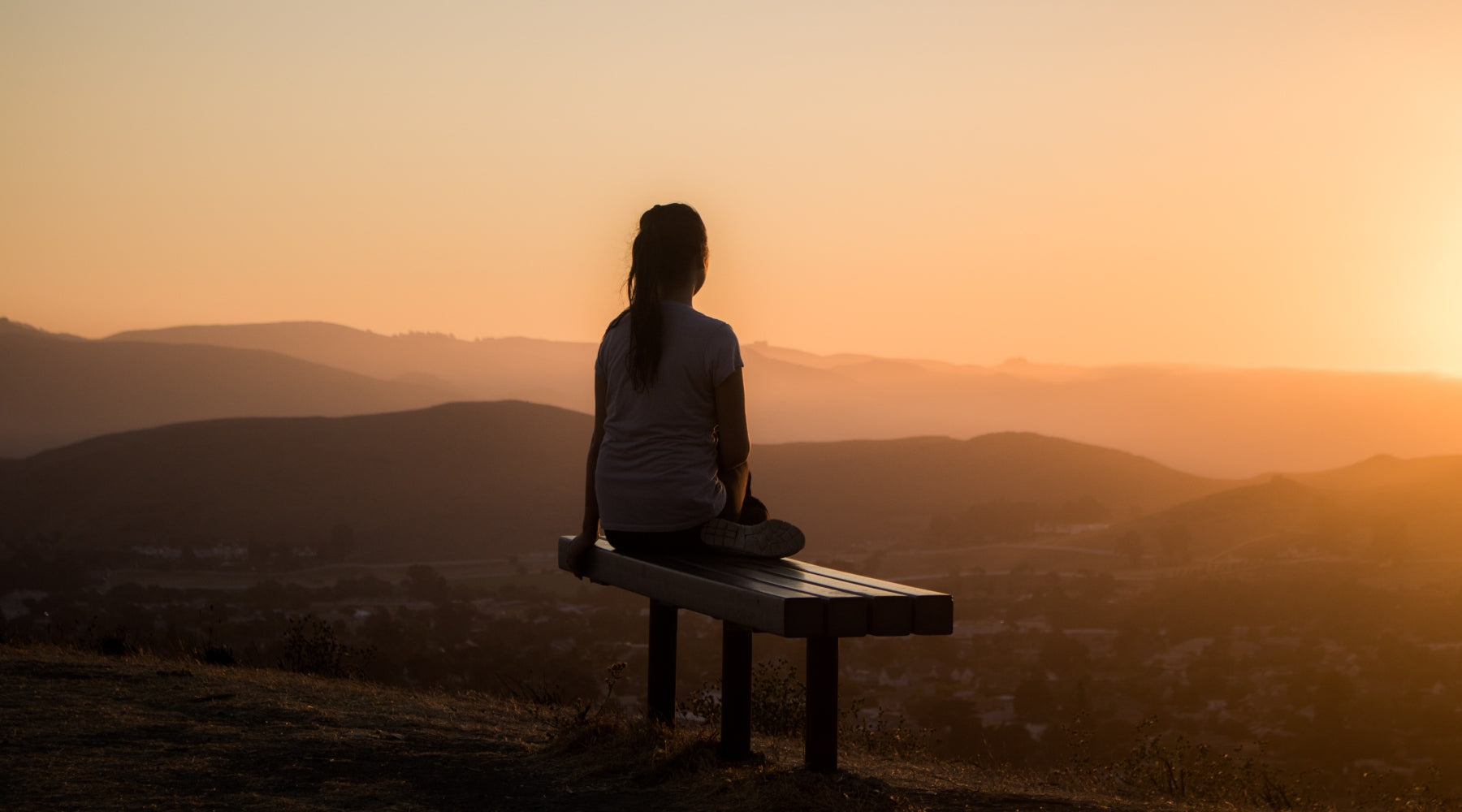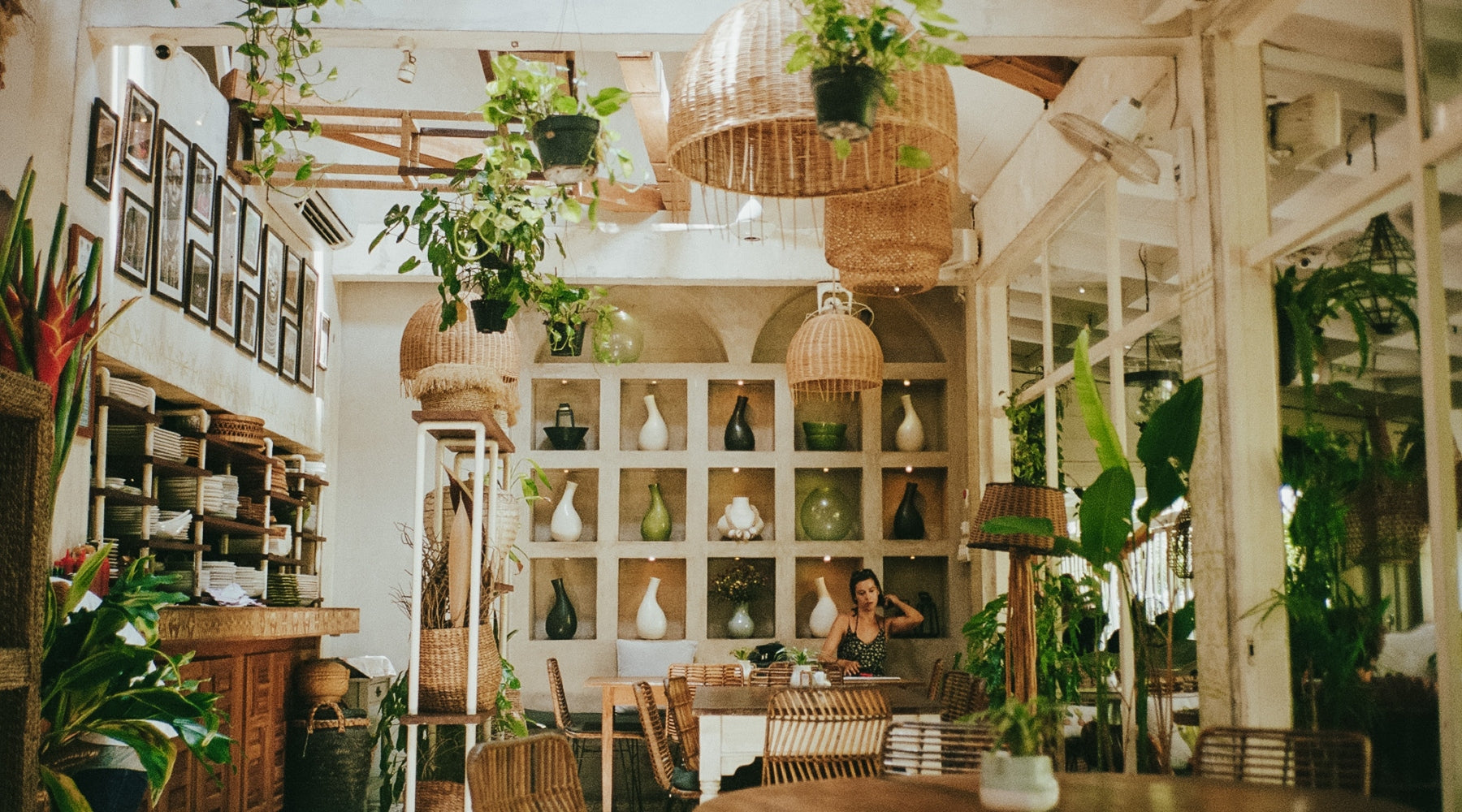
What Is Mindfulness & How To Practice It
Words: Sacha Stewart
Have you ever found yourself driving and had no recollection of how you got from A to B? Or noticed yourself thinking about what to have for lunch while someone is telling you something important?
A Harvard study found that we spend almost half our time (47%) thinking about something other than what we’re doing. That’s half your life you could be missing out on!
This is where mindfulness comes in. But what exactly does this buzzword mean? We spoke with certified meditation and mindfulness teacher, Sacha Stewart to find out more.
Mindfulness is engaging in the present moment with an awareness of your thoughts, feelings, emotions and environment. It means not judging what arises, but attending to the present – not getting caught up in the past, nor projecting onto the future.
Not that all future and past-based thinking is bad – you need it to plan, organise, and remember. But, when you get caught up in rumination, worry, or distraction, it can start to impact your life. Everyone can be mindful. It’s an opportunity to move out of autopilot so you can live your life to the fullest and make the most of 2021! Here’s how to get started:
1. Connect with your senses
The senses are the quickest way to bring yourself into the present moment. Notice what you can see, hear, feel, taste and smell. This helps you move out of the thinking mind and even changes your brainwaves, helping you slow down and feel calm.
2. Focus on your breathing
Your breath has the power to connect you with your body and bring awareness to what is happening in the present moment. Take a minute to breathe deeply into your belly helps to calm your nervous system. This practice is extremely beneficial for when you’re feeling stressed or overwhelmed. Click here to try a guided practice.
3. Make technology work for you, rather than the other way around
Turn off email and social media alerts on your devices, so your attention isn’t drawn away every time you hear a ‘ping’. Check your socials and email in your own time frame, when it’s not going to interrupt your important projects. Use your time wisely.

4. What gives you energy and what takes it away?
When you become more mindful, you’ll become more aware of how you feel in certain environments. Is what you’re doing regularly giving you energy, or taking it away? You can ask this question in all areas of your life. Which situations, people and environments make you feel good and give you a boost, and which don’t? Begin to shift away from the things that drain you, and move towards what lifts you up.
5. Take a pause
When you’re feeling triggered or overwhelmed, take time to pause. In general, we tend to be reactive, whereas mindfulness encourages us to take a moment to notice what’s here for us and respond more thoughtfully. You can use the STOP anagram:
- Stop whatever you're doing and pause momentarily.
- Take a breath to help calm you and bring you back to the now.
- Observe the thoughts, emotions and sensations within your body. Know that anything that is here is simply passing through and is not permanent.
- Proceed mindfully or do something that will support you at this moment. Perhaps you need to connect with a friend, have a cup of tea, or get some fresh air.
I invite you to pick one of the above tools and begin to bring it into your day. Remember, you don’t need to do everything all at once to create change – small shifts can make a big impact!
This is a new year and a chance to make the most of your valuable time and energy. Make it a priority to enjoy your life to the fullest, make steps towards what you want to create in your life, and be in the now.


